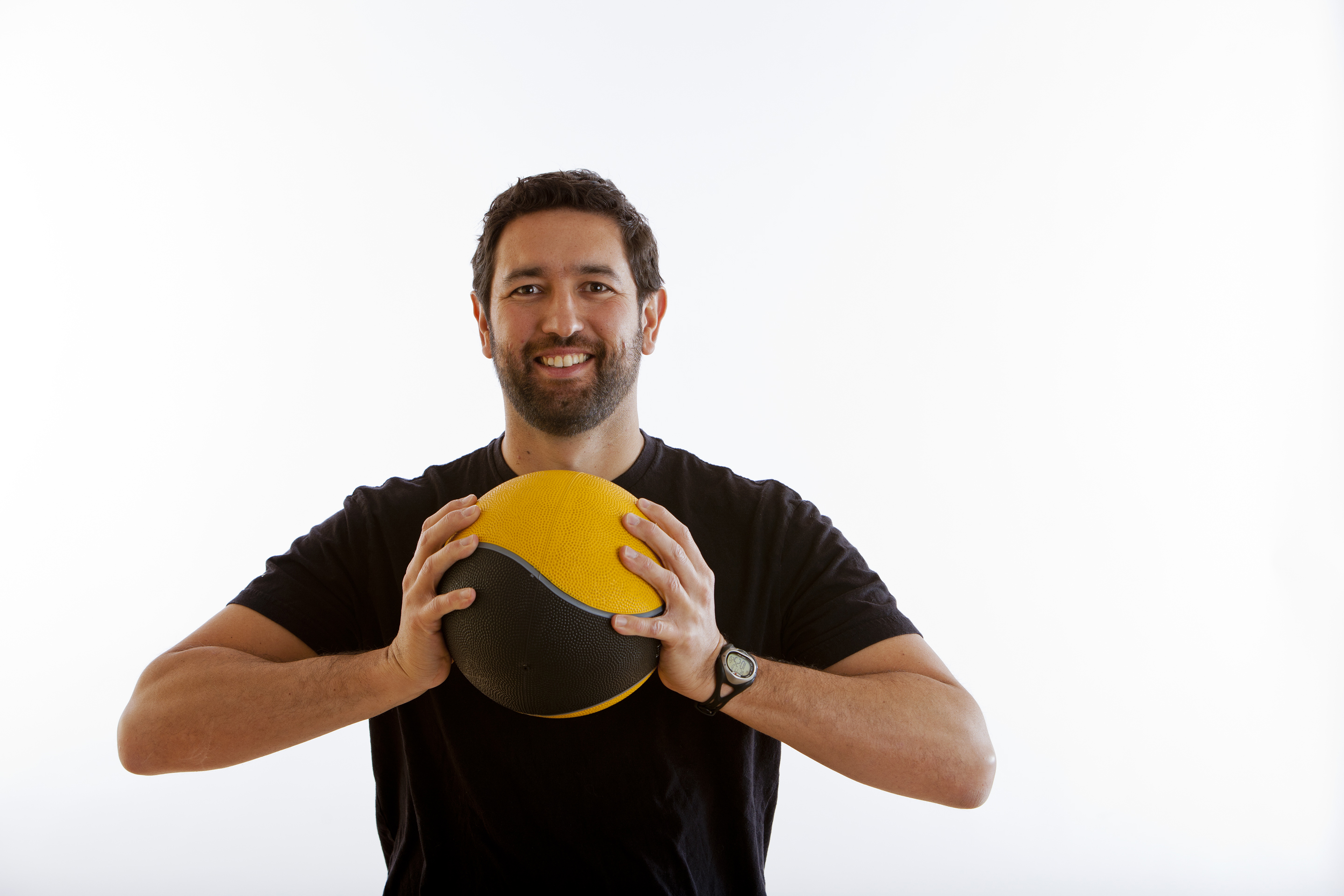[fusion_builder_container hundred_percent=”no” equal_height_columns=”no” menu_anchor=”” hide_on_mobile=”small-visibility,medium-visibility,large-visibility” class=”” id=”” background_color=”” background_image=”” background_position=”center center” background_repeat=”no-repeat” fade=”no” background_parallax=”none” parallax_speed=”0.3″ video_mp4=”” video_webm=”” video_ogv=”” video_url=”” video_aspect_ratio=”16:9″ video_loop=”yes” video_mute=”yes” overlay_color=”” video_preview_image=”” border_size=”” border_color=”” border_style=”solid” padding_top=”” padding_bottom=”” padding_left=”” padding_right=””][fusion_builder_row][fusion_builder_column type=”1_1″ layout=”1_1″ background_position=”left top” background_color=”” border_size=”” border_color=”” border_style=”solid” border_position=”all” spacing=”yes” background_image=”” background_repeat=”no-repeat” padding=”” margin_top=”0px” margin_bottom=”0px” class=”” id=”” animation_type=”” animation_speed=”0.3″ animation_direction=”left” hide_on_mobile=”small-visibility,medium-visibility,large-visibility” center_content=”no” last=”no” min_height=”” hover_type=”none” link=””][fusion_text]
Posture Related Neck and Back Pain
Article by Dr. Mark Pitcher
Neck and upper back pain is one of the most common reasons people seek treatment at our offices. There are a lot of possible causes for neck and back pain, so getting a good evaluation is essential to uncovering the underlying reason for the problem. One of the more common contributors to neck and upper back pain is posture related muscle imbalance.
Whether it’s sitting at a desk reading or working on a computer, texting or driving, most things we do are out in front of us. For short periods this may not be a problem. For hours on end, day after day it will lead to muscle imbalances that can result in pain and dysfunction.
Upper Crossed Syndrome
If our head is allowed to come forward and our shoulders protract (droop forward), we put a great deal of stress on the musculature at the back of the neck. As the head drops forward and we look out in front of us, the skull extends where it meets the neck. This engages the muscles just below the skull (the suboccipital musculature), which become overactive. The deep neck flexors weaken and destabilize the neck.
As the shoulders protract, our shoulder blade stabilizers (scapular stabilizers) become inhibited and weak. Muscles that are normally quiet are recruited to help stabilize the shoulder girdle. The pectoralis minor, upper trapezius and levator scapulae muscles all become overactive. Rehabilitation pioneer Vladimir Janda called this collection of imbalances “Upper Crossed Syndrome.”
These imbalances often lead to neck and middle back pain, but the change in the upper extremity mechanics also makes shoulder impingement, and thoracic outlet syndrome (a common reason for hand and finger numbness) more likely.
Prevention:
If you work on a computer, drive a car or watch TV, chances are good you need to think about preventing Upper Crossed Syndrome. Better ergonomic setup is important if long hours are spent in front of the computer. Preventative stretching and exercise to offset the postural stresses are especially important in prevention.
Treatment:
If the imbalances have already set in and simple self-care exercises are not helping, or symptoms are becoming more severe, then evaluation and treatment by a professional is warranted.
There are many different treatments for neck and middle back pain. The most appropriate and effective treatment depends on the diagnosis, presentation of the problem and the particular patient. If the underlying cause is related to posture and Upper Crossed Syndrome, then conservative treatment with chiropractic, physical therapy and soft tissue work can be effective.
Spinal manipulative therapy or joint mobilization at the thoracic spine can decrease the middle back discomfort and increase the available range of motion. With increased range of motion, thoracic spine self-mobilization exercises on and off the foam roller will be more effective. Spinal manipulative therapy may also be used at the cervical spine to address specific joint restrictions, but typically an overall increase in stability will be needed in the cervical spine. Active Release Technique® and facilitated stretching to tight or overactive trapezius, levator scapulae and pectoral muscles is often performed in the office. Stretching for these muscles will also be taught as part of a home exercise program.
Remember, however, that these overactive muscles are overactive for a reason and may be contributing (albeit poorly) to stability because the prime stabilizers are not. Stretching without strengthening the neck and scapula stabilizers will offer temporary relief, so strengthening exercises and drills should be introduced to improve scapular control.
Neck pain associated with poor posture is not simply a muscle problem, or a joint problem, or a ligament problem. It is how those different tissues interact, how we move and the compensation patterns that develop and shape the symptoms we see. Addressing all those components with a balanced approach to care will yield the best results.
Dr. Mark Pitcher is a chiropractor, exercise physiologist with Vail Integrative Medical Group. He specializes in rehabilitative medicine. For information visit www.vailhealth.com.
[/fusion_text][/fusion_builder_column][/fusion_builder_row][/fusion_builder_container]

